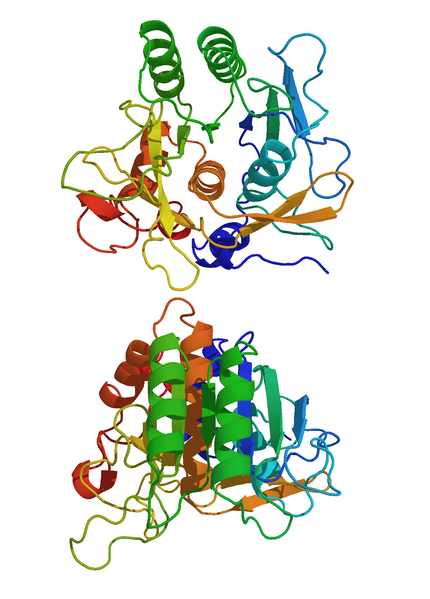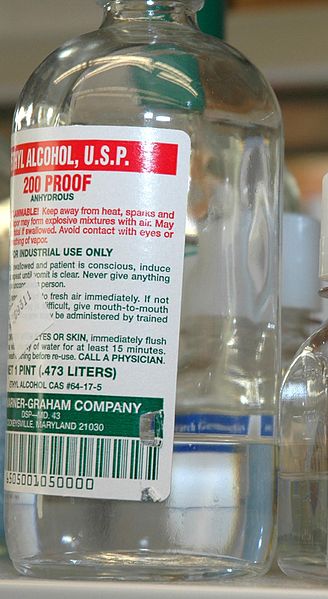Team:WalthamHS BioHawks/Project/Safety
From 2014hs.igem.org
Safety
Pre-Project:
In the beginning of the school year, we all went through a safety training session in each of our science classes. Based on the school's Chemical Safety Manual approved by the Waltham Public Schools, we learned how to engage safely in investigations in the classroom. All of our science teachers are RCRA and GHS trained. At the end of this safety training session, we were required to sign a safety contract proving that we understood the lab rules and agree to adhere to all safety procedures.
During our AP Biology class we practiced using proper scientific techniques, such as sterile technique, working with living cultures, micropipetting, gel electrophoresis and transformation. This preliminary practice before our experiment helped reduce human error during our actual project.
As we began collecting supplies for our project, we reviewed and saved the material safety data sheets (MSDS) that came with the materials. By the time we began working in the lab, we were sufficiently prepared to handle the tools and materials to ensure a safe and accurate lab proceedings.
Organisms and Proteins:
As we experimented in the lab, our team took precautions for the safety of the lab. We used a nonpathogenic strand of E. coli, which has a biosafety level of one, and DNA from the bacteria Bacillus licheniforms, which also has a biosafety level of one.
Subtilisin enzyme can sometimes cause respiratory allergies, but only at exceptionally high quantities, of which we did not use in the lab. Subtilisin can cause a respiratory allergy in some people when they come in contact with it in detergent. Reactions differ with the frequency, magnitude, and duration of the exposure. These cases however, are very rare. Because of the low concentrations in detergent, subtilisin is not a concern for skin or eye irritation. There are no major health concerns for the use of subtilisin in laundry and cleaning products. Otherwise, the subtilisin enzyme is a not a cause for health concerns.
During the Project:
Throughout the entire project, we all used proper sterile technique. Before and after each experiment we wiped down the lab benches with ethanol in order to sanitize the area and prevent any sample contamination. We also always washed our hands before and after each experiment, and no food or drinks were allowed in the lab area. Every time the group handled any of the supplies, we protected ourselves and the purity of the materials by wearing protective equipment, including coats, gloves, and goggles. At all times the lab group was supervised by our AP Biology teacher. Finally, all live bacterial cultures were sterilized before disposal.
 "
"




